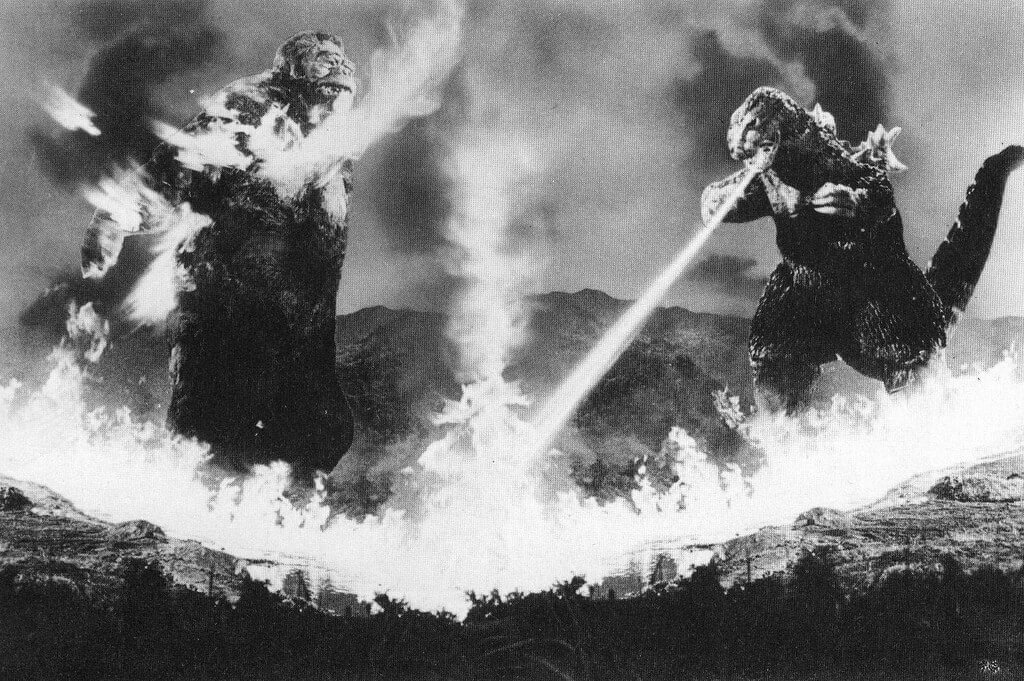
The fiduciary standard hasn’t been officially created yet. But it’s already claimed its first victim. And you didn’t vote for any of the folks who are making this happen.
Funny thing is, a book I read more than 40 years ago predicted that this would be the inevitable outcome of a nation where regulations run amok.
The fiduciary standard, a product of the Dodd Frank law, is but a small detail in the law which was designed to prevent the financial sector from blowing up the economy ever again.
A noble goal. But the devil is in the details.
AIG’s CEO has fingered the upcoming rule as a factor in his decision to sell its broker dealer to Lightyear Capital, LLC. Once the new rule goes forward, sales of other insurance owned broker dealers could be next on the chopping block. Many industry observers are predicting a wave of consolidation among smaller broker dealers who don’t have the deep pockets to comply with the new rules. Senior executives at major wirehouse and regional firms have warned that the increased liability may cause them to shun the accounts of smaller investors.
So how did a small group of unelected, unaccountable bureaucrats become empowered to issue these sweeping and transformative regulations?
Let’s take a look at the political science classic, whose first edition was in 1969 — The End of Liberalism by Cornell professor Theodore H Lowi.
I read this book in college and have thought about it many times during the current debate over whether advisors should operate under a fiduciary standard. Lowi describes how Congress has abdicated its legislative responsibility to bureaucrats at government agencies. Regulators increasingly formulate the details of the rules and regulations that govern our daily lives. Citizens are no longer governed primarily by their elected representatives but by bureaucrats over whom they have no direct control. These administrators are in turn beholden not to the broad electorate but to narrow interest groups.
In the DOL’s case, their sympathies are clearly not with industry participants but with self proclaimed “consumer advocates,” many of whom work in the nonprofit sector or in academia.
Although we don’t know just yet what the final rule will look like,we can be sure of one thing: when it is finally issued more heads will roll.
Photo: Tom Simpson